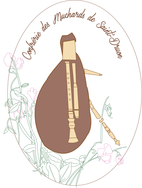Day of the Muchosá
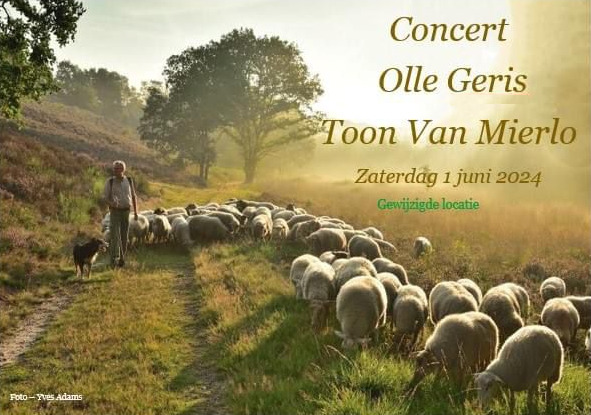
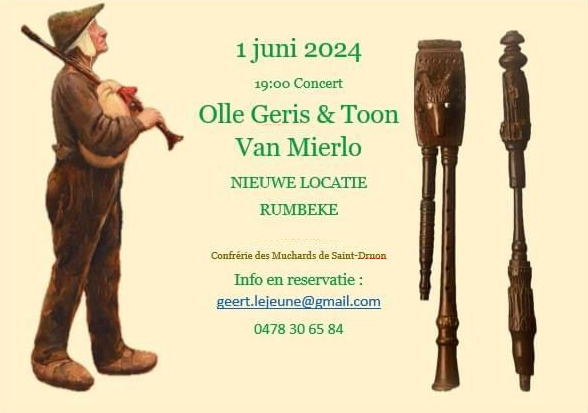
La Confrérie des Muchards de Saint-Druon
Broederschap der Muzers van Sint-Drugo
The goal of our band is to make sound again the MUCHOSÁ, the Belgian-Picardian bagpipe. These pipes where played by shepherds in the Pays de Collines, the region between Renaix, Anvaing, and Ellezelles and the villages along the borders of the Scheldt in Hainaut (between Celles and Tournai) until about 1920.
Our instruments are copies of authentic 18th century bagpipes, originating from de villages Arc-Ainières and Popuelles. The originals are actually exposed in the Museum of Musical Instruments (MIM) in Brussels
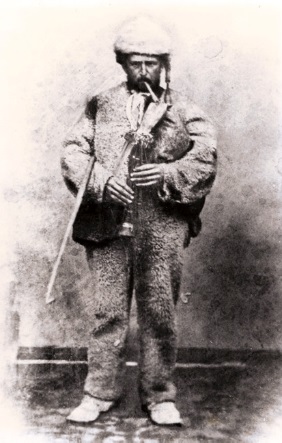
Saint-Drugo is the patron saint, adored mainly in French Picardie. There is a tiny little chapel in Saint-Sauveur in Belgium. One of our instruments has the sculpted image of Saint-Drugo on the big drone and has inscriptions demonstrating the adoration of Saint-Drugo, also in our regions.
Bruges 2024
Procession of the Holy Blood 2024
From 00:59:50 to 01:03:30
Kortrijk 2017
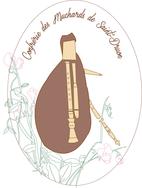
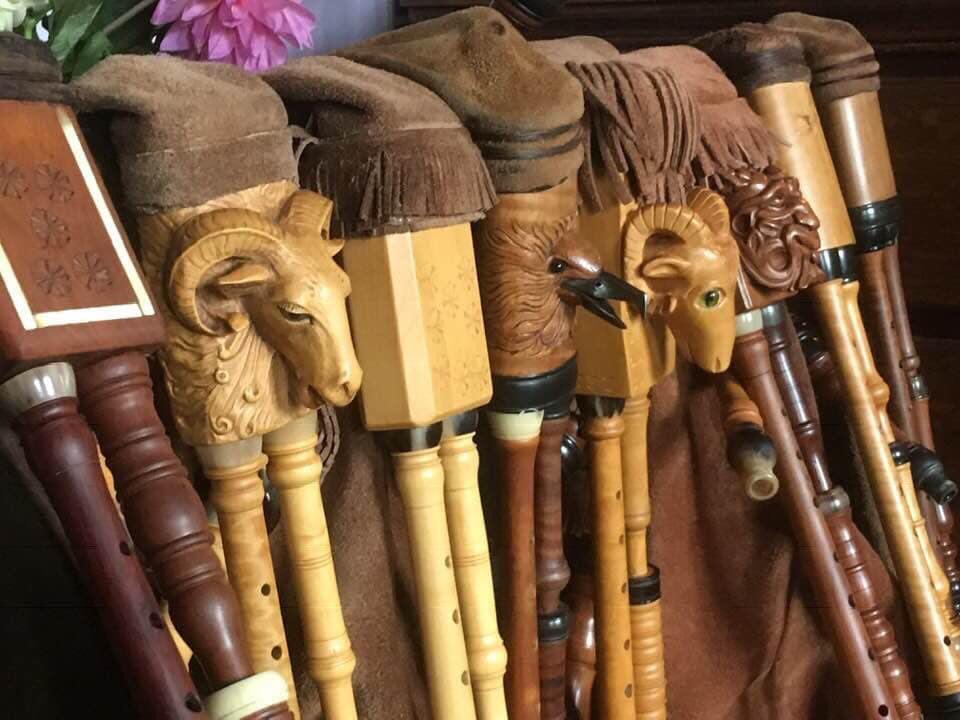
The Frasnes and Celles region
Right up until World War I, dozens of pipers - known in the region as muchards and their instruments, Muchosás,- were still playing in the region of Frasnes and Celles. The word muchosa is an old Picardian word meaning muse with a bag.
Place of Saint-Sauveur
Saint-Sauveur is the village of Alphonse Gheux.
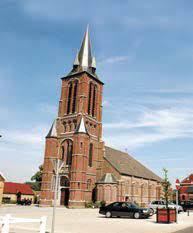
Ainières
Cemetery where (hopefully) the tombstone of Alphonse Gheux can still be found. Gheux was the only traditional piper in Belgium who was photographed with his instrument. This picture can be found below.
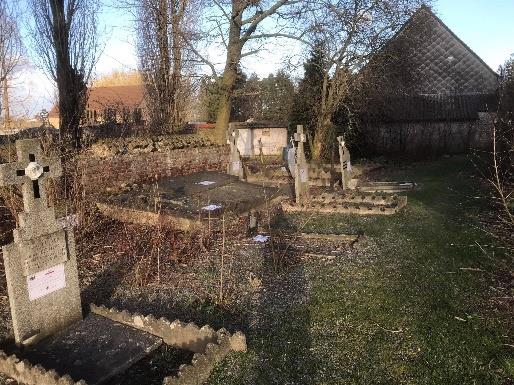
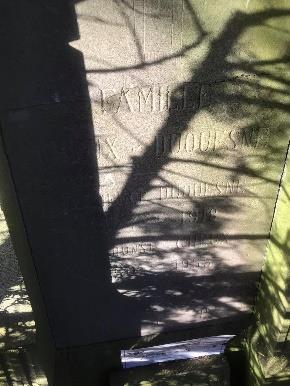
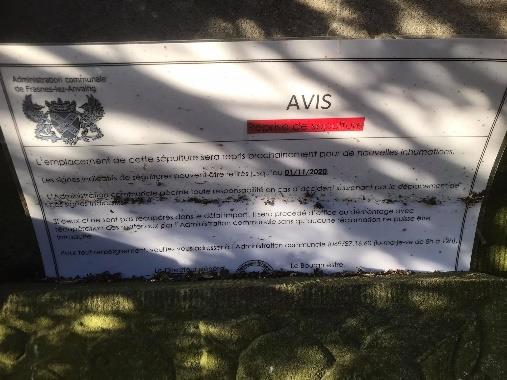
The City Council of Frasnes les Anvaing has decided to transform the cemetery of Ainières into a green cemetery, meaning that all the graves will be removed, including the grave of Alphonse Gheux.
Cordes
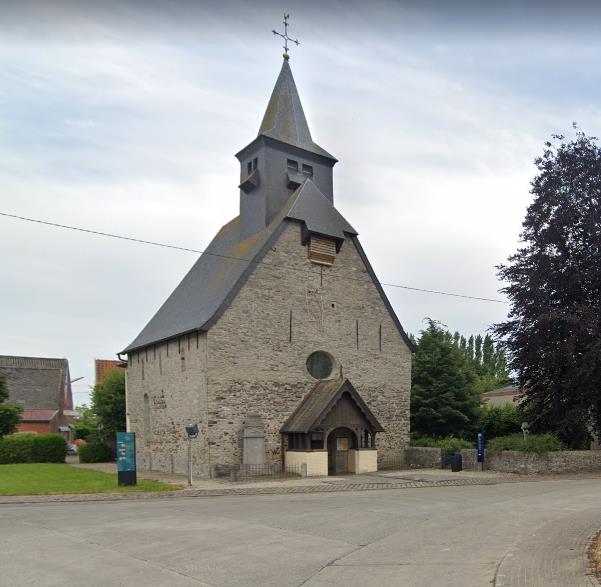
This beautiful 12th century roman church is definitely worth a visit. Hopefully the church will be open, so you can enjoy the very special acoustics.
Popuelles
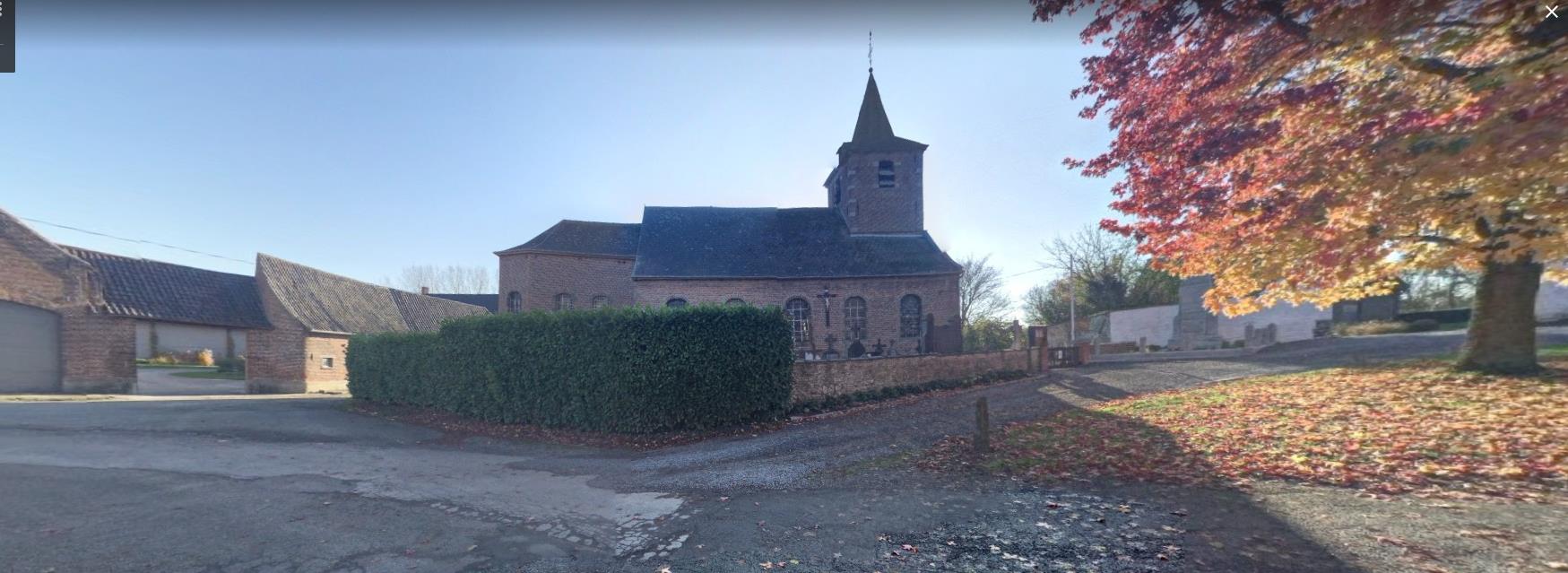
One of the 3 muchosás in Museum of Musical Instruments (MIM) in Brussels was probably made in the 18th century, by a shepherd who lived in Moustier (Frasnes-lez-Anvaing), as we can read from the inscriptions on the big drone. Later, Charles-Louis Lehon (1817-1901), a shepherd living in Popuelles, played the instrument. In 1972, the Belgian bagpipemaker Rémy Dubois heard about the instrument and stumbled upon it in the nearby village Escanaffles, while visiting the shepherd’s grandson. It was offered to the museum later.
The church of Popuelles cannot be visited, but the beautiful redecorated village square will invite de Muchards to play La Danse en Rond de Arc-Ainières.
This is also one of the 4 tunes of Arc-Ainières, field recorded by Hubert Boone while interviewing Leonie Devos (1883-1976), who remembered this original piper tune and the other three very well and could sing them correctly, since she used to play the piano in her youth.
Montroeul-au-Bois

The Confrèrie des Muchards was as a brotherhood of pipers part of a bigger brotherhood of shepherds, The Confrérie de Saint-Druon, who probably remained active until right before the outbreak of World War I. The pipers (muchards) lived in villages with names such as Velaines, Arc-Ainières, Saint-Sauveur, Mourcourt, Popuelles, Pottes, Grand-Metz, Mont-Saint-Aubert and Tourpes.
One of the pipers’ daughter, Joséphine Piron told this in a testimony to Hubert Boone:
When they went on pilgrimage to Bon-Secours, they would begin at sunrise at the church of Arc. My father, Thomas Piron (1824-1892) and his brother François, and also Arthur Dinne, a blind musician from Dergneau, guided the procession with march melodies until the village of Velaines. A few dozens of pilgrims would join the group and also some more pipers, muchards. On the road the muchards would play alternately, but always with two or three together, sometimes playing second voices. The music was beautiful. Once a year the brotherhood would go on pilgrimage to Oostakker, near Ghent. People along the road would always look surprised by the strange muchosá music, since they only heard it once a year, when we were on the road to Oostakker. A few years after my father died, the tradition slowly vanished.
The 21st century Confrérie des Muchards de Saint-Druon was inspired by the older 19th century shepherds’ brotherhood when they chose a name for the band.
Moustier
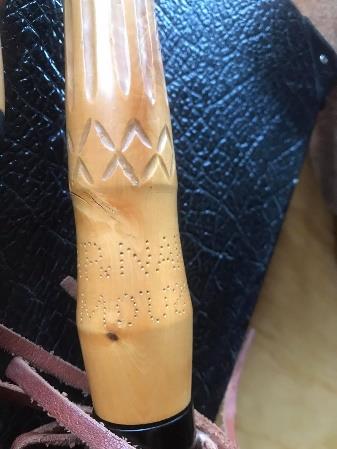
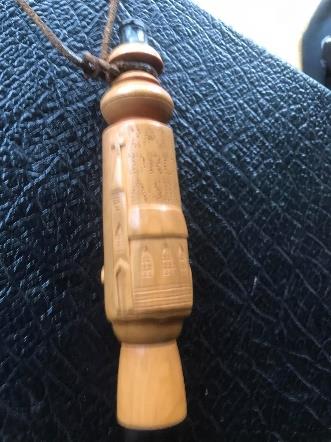
La Chapel Notre Dame de Moustier, is the chapel that is sculpted on the big drones of Muchosá nr 1980.047 which is on exhibit in the Museum of Musical Instruments (MIM) in Brussels.
Hoguenne
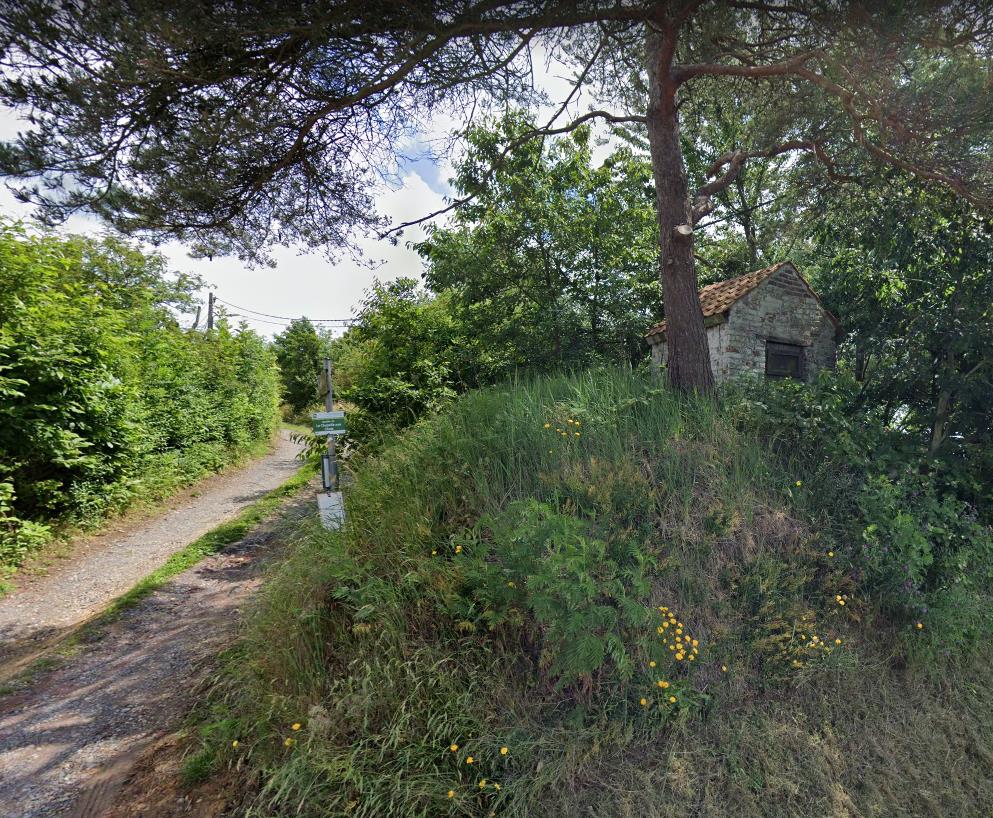
This tiny little chapel is dedicated to Saint-Drugo. According to testimonies, the older Confrères Muchards came together on pilgrimage once a year, probably on April 16th, the patron saint’s day of Saint-Drugo, and from there they went to a secret destination.
Croix ou Pile
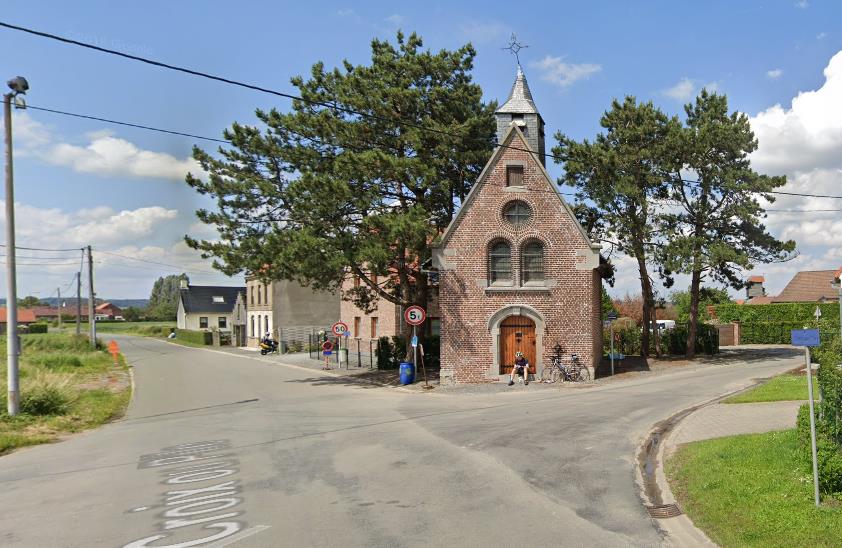
La Confrérie des Muchards de Saint-Druon took up the old habit to play on the day of the Fiertel, one week after Pentecost, and such as they did, the older Muchards, going around the chapel 3 times. As always they will play la Marche de Pélerinage d’Arc-Ainières.
The Fiertel is a pilrimage tour, around the city of Ronse (Renaix) dedicated to Saint-Hermes, who is believed to cure madness. During the year pilgrims of outside Ronse used to visit the Saint-Hermes church to be cured. But to the people of Ronse, this was not a big effort. Therefore, once a year, on Trinity day, the reliquary with the bones of Saint-Hermes is carried around all the surrounding villages of Ronse. As a penance, the pilgrims can follow the reliquary on the 35 km circular pilgrimage tour to get absolution and be cured from their diseases.
Nowadays, the old tradition is converted in a popular sportive event with thousands of participants but still, the itinerary of the reliquary with the bones of Saint-Hermes and the group of carriers, are subject of very serious traditional rules. Going three times around the chapel Croix ou Pile before entering the chapel is one of those rules.
Saint-Sauveur.
In Saint-Sauveur, there is the farm Saint-Amandus.
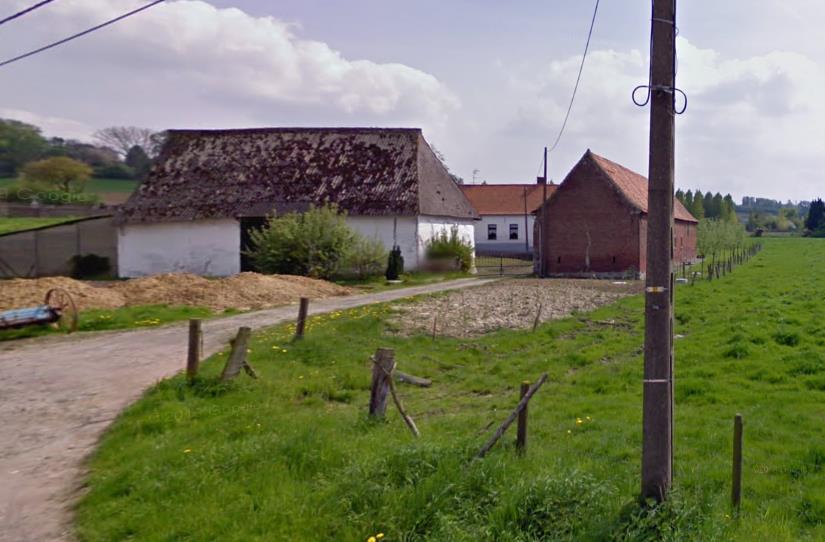
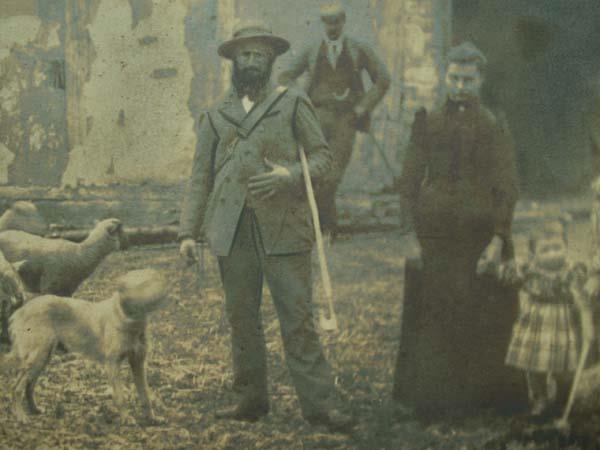
Farm Saint-Amandus
First written mention dates from 1308, in an agreement between the abbey of Saint-Amand Les Eaux in France and Jean de Hamaide, the Lord of Saint-Sauveur. During the following centuries, one can see lots of maintenance contracts to support the abbey. After the French revolution, everthing is sold as National Good. In 1850, Alphonse Gheux is born and he will be actif as a shepherd on the farm until he moves to Arc-Ainières where he takes over a sheepfold. As a member of the Confrérie des Muchards de Saint-Druon, he is photographed in his shepherds outfit with his instrument, the muchosá in 1885 during the Fiertel in Ronse. This will be the only known image of a traditional piper in Belgium.
His great granddaughter, Pascale Gheux is member of the actual Confrérie des Muchards de Saint-Druon.
The farm is now in private ownership and has been tastefully restored.
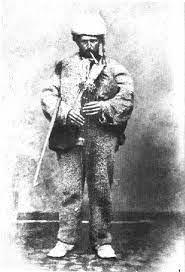
Contact pol.ranson@gmail.com +32 485 140 909
